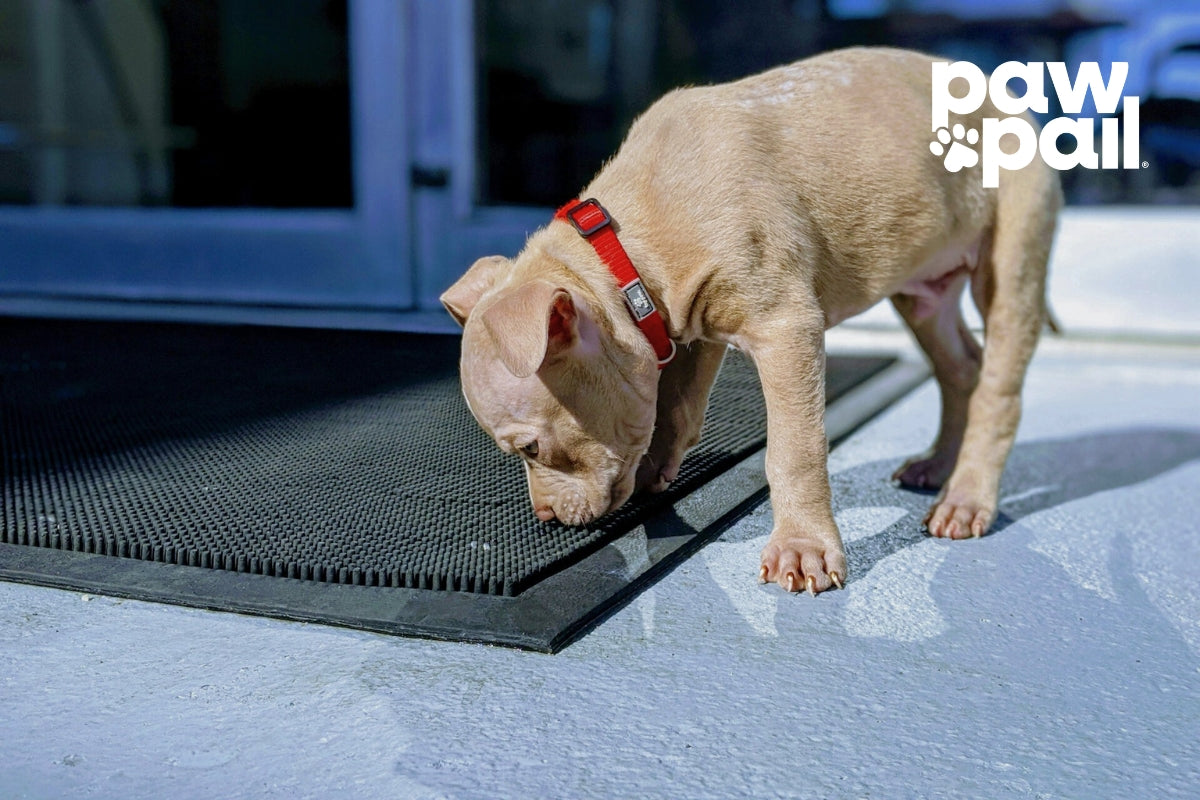Steatorrhea, the presence of excessive fat in a dog's stool, can be a distressing sight for any pet owner. It's not just an unpleasant symptom; it's often a red flag signaling an underlying digestive issue that requires attention. While the visual of greasy, pale, and foul-smelling feces is distinctive, understanding the "why" behind it is crucial for your dog's health.
Deciphering Steatorrhea
At its core, steatorrhea indicates a malabsorption of fats. The canine digestive system, a complex network of organs, is designed to break down and absorb nutrients from food. When this process is disrupted, particularly the breakdown of fats, the undigested fat passes through the digestive tract and is expelled in the feces. The most common culprit behind this malabsorption is Exocrine Pancreatic Insufficiency (EPI). However, it's essential to understand that EPI is not the only potential cause.
Exocrine Pancreatic Insufficiency (EPI)
The pancreas, a vital organ, produces enzymes essential for digesting fats, proteins, and carbohydrates. When it comes to steatorrhea in dogs, the pancreas fails to produce sufficient quantities of these enzymes. This deficiency leads to a cascade of digestive problems, with steatorrhea being a prominent symptom. Here's a closer look at EPI:
The Pancreatic Function
The pancreas's exocrine function is critical for nutrient breakdown. Without adequate enzymes, the digestive process falters.
EPI's Impact
The inability to digest fats results in the characteristic greasy stools. Furthermore, the malabsorption of other nutrients leads to weight loss despite a potentially increased appetite. Increased stool volume and frequency, along with flatulence, are also common indicators.
Breed Predispositions
Certain breeds, such as German Shepherds and Rough Collies, have a higher predisposition to EPI, suggesting a potential genetic component.
Other Potential Causes
While EPI is the most frequent cause, it's vital to consider other possibilities, such as intestinal malabsorption. These are conditions that affect the small intestine's ability to absorb nutrients and can also lead to steatorrhea. Another cause could be various intestinal diseases that can disrupt the digestive process and contribute to fatty stools.
Diagnosis
Accurate diagnosis is paramount for effective treatment. Veterinarians employ several methods to identify the root cause of steatorrhea. A blood test, specifically the trypsin-like immunoreactivity (TLI) test is the gold standard for assessing pancreatic function. Vitamin B12 and folate level tests are also important. Lastly, analyzing stool samples can provide valuable insights into the digestive process.
Treatment
Treatment strategies vary depending on the underlying cause. When it comes to EPI, it’s important to manage it effectively. Pancreatic enzyme replacement therapy is the cornerstone of EPI treatment. A highly digestible, low-fat diet is essential to minimize digestive strain. Additionally, vitamin B12 supplementation is often necessary. On the other hand, treatment for other conditions will be tailored to the specific diagnosis.
Long-Term Management and Pet Owner Responsibilities
For dogs with EPI, lifelong management is typically required. This involves consistent enzyme supplementation, which means ensuring that your dog receives the prescribed enzyme supplements with every meal.
It’s also important to maintain a consistent, easily digestible diet, monitor your dog's condition, and adjust treatment as needed.
Managing Steatorrhea and Maintaining a Clean Home
Steatorrhea is a significant indicator of potential digestive problems. Early veterinary intervention is crucial for accurate diagnosis and effective treatment. With proper management, dogs with conditions like EPI can lead comfortable and fulfilling lives. Observing your dog's stool is a very important part of pet ownership. By being vigilant and proactive, pet owners can significantly improve their dog's well-being and ensure a happy, healthy life.
That's where the Paw Pail comes in. This innovative dog waste disposal system is designed to simplify the cleanup process, especially when dealing with the unique challenges of steatorrhea. With its odor-locking technology and convenient design, the Paw Pail helps contain unpleasant smells and makes disposing of your dog's waste cleaner and more efficient.



